Podcast: Play in new window | Download
Subscribe: RSS
In her role as Vice President and Manager of Enterprise Consulting at AssetMark, Melissa Intezar helps financial advisors grow and evolve. Her primary responsibility is managing the design and delivery of consulting content to producer groups, hybrid firms, and ensemble RIAs. She also runs the Leadership Advantage Program for larger ensemble advisory firms.
Our conversation includes:
- Defining a referral management system
- The importance of your value proposition when working with strategic partners
- Connecting with the right COIs for your business and nurturing those relationships
- Calculating the value of advice
- Eliminating points of friction in your relationships with COIs
- The power of COI boards
Melissa has 15 years of experience in the financial services industry, working in practice management leadership positions at National Planning Holdings, the fourth largest broker-dealer network in the US, as well as Curian Capital and Raymond James.
Take away quote:
“A COI is really looking for that reliable kind of positive experience that’s also transferable when they consider making a referral, which also helps to balance the risks of making a referral.”
Links:
Website: https://www.assetmark.com/
LinkedIn: https://www.linkedin.com/in/melissa-intezar-mrazek-62827920/
Want more?
Stephen Wershing: http://advisorchecklist.com/blog/
Julie Littlechild: http://www.absoluteengagement.com/blog
Episode Transcript:
Read More
Steve Wershing:
Welcome to Becoming Referable, the podcast that shows you how to become the kind of advisor people can’t stop talking about. I’m Steve Wershing. Having a referral marketing system will help make sure you receive a consistent stream of new introductions, but most advisors don’t approach it systematically. And this episode will cover one great approach. Melissa Intezar is Vice President and Manager of Enterprise Consulting at AssetMark. She manages the design and delivery of consulting content to producer groups, hybrid firms, and ensemble RIAs. She has 15 years experience in practice management leadership positions at AssetMark, National Planning Holdings, Curian Capital and Raymond James, and she runs the Leadership Advantage Program for larger ensemble advisory firms.
Steve Wershing:
In this episode, we discuss what motivates clients and centers of influence to refer, how to develop strategic alliances with centers of influence, what processes and materials you need to implement the system, and what kind of conversations you can have to keep things moving forward. The episode is packed with great ideas to formalize your referral marketing system. Here now is our conversation with Melissa Intezar.
Steve Wershing:
Melissa Intezar, thank you for joining us on Becoming Referable. We’re so happy to have you.
Melissa Intezar:
Thank you for having me. This is a wonderful opportunity, grateful to be here.
Steve Wershing:
Well, so you have a lot of really interesting stuff that you talk with advisors about, and we’d like to dig into a bunch of that stuff, but just to give folks some background, you work at AssetMark and can you tell us a little bit about what you do there?
Melissa Intezar:
Yeah. So my title at AssetMark is Vice President and Manager of their Enterprise Consulting Offering, which means that I primarily work with really large enterprise ensemble firm owners, as well as their advisors. And at AssetMark I lead an initiative called Leadership Advantage, which is a business consulting and kind of a practice management program really specifically targeted on growth for the ensemble firm and their advisors. And part of that offering is also geared towards helping advisors develop their referral management strategy, along with also strengthening relationships with COIs and clients to help really drive those referrals.
Steve Wershing:
Great. And so how do you help advisors with those referral management plans? Tell us a little more about that.
Melissa Intezar:
Yeah. So part of the program that we work through, we look to help advisors develop what we call a referral management system. And as part of that referral management system, there’s a three-step process, which is more client facing. So when those clients are sending in referrals, and then there’s a five-step version, which is for strategic alliances. So when you have that CPA or estate planner, kind of those professionals, sending in referrals, what exactly does your process look like? And there’s a three-step and a five-step process around that.
Steve Wershing:
Okay. So before we get into the processes themselves, let’s focus on those centers of influence for just a minute, the ones that you have that five step process around. What is a strategic partner looking for, do you think, when they consider making a referral to a financial advisor?
Melissa Intezar:
Yeah, so I believe that a COI is really looking for that reliable kind of positive experience that’s also transferable when they consider making a referral, which also helps to balance the risks of making a referral. If I’m standing behind a referral, I’m putting my testimony to it and to their services, as a COI I most likely want to ensure that I’m comfortable with this advisor or professional before really I give their information out to family or friends. I think about, there’s a specialist that I work with in the medical industry that I’ve seen for many years, and I’ve referred multiple times. However, I didn’t refer that specialist until after seeing them more than once. It took many appointments, a really great experience that was always consistent and overall a positive outcome and environment before I would start to refer that professional. So you have to have those levels of comfort and you also have to know about their services and be able to kind of put your name behind that.
Julie Littlechild:
That’s such an interesting point because we did some research with COIs a few years ago and they were saying exactly what you’re saying. It takes time, it’s a long-term process to build trust. And yet some of the advisors were a little surprised. “Well, of course I deliver great service, of course.” But we just got to understand that just because what we know is true does not mean everybody else knows that.

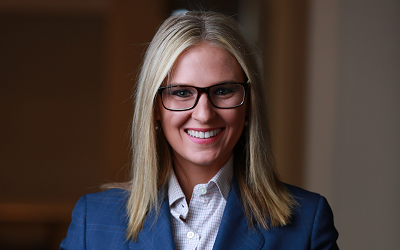

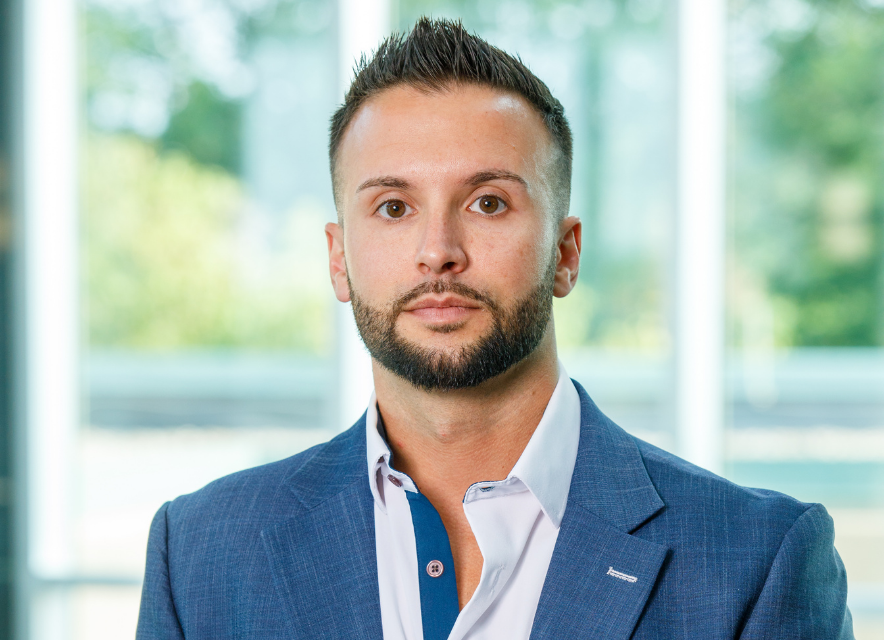
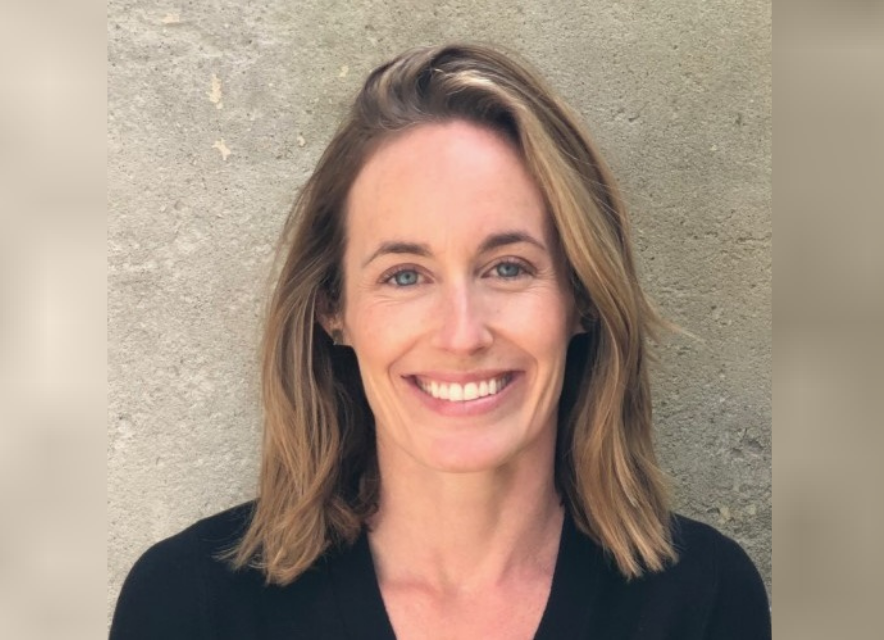
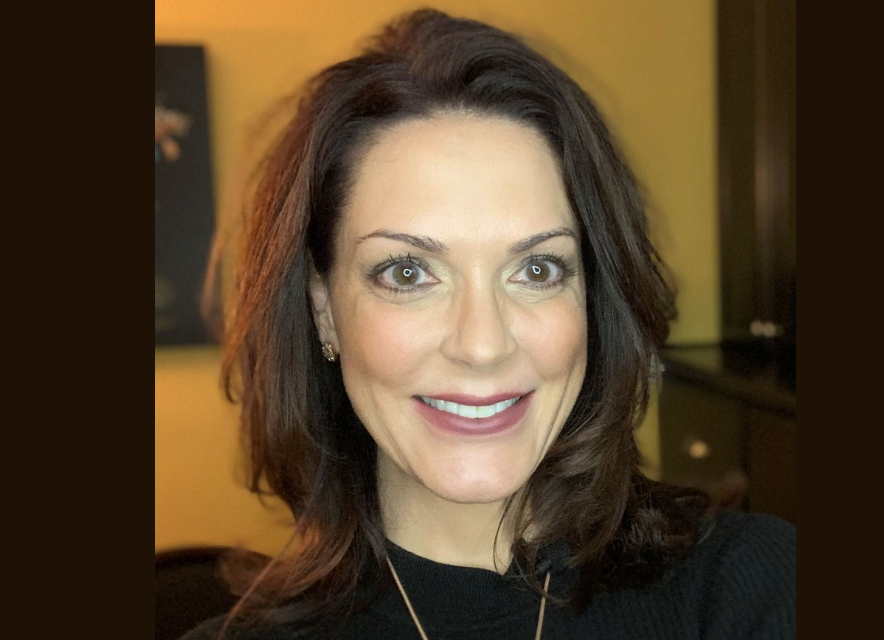
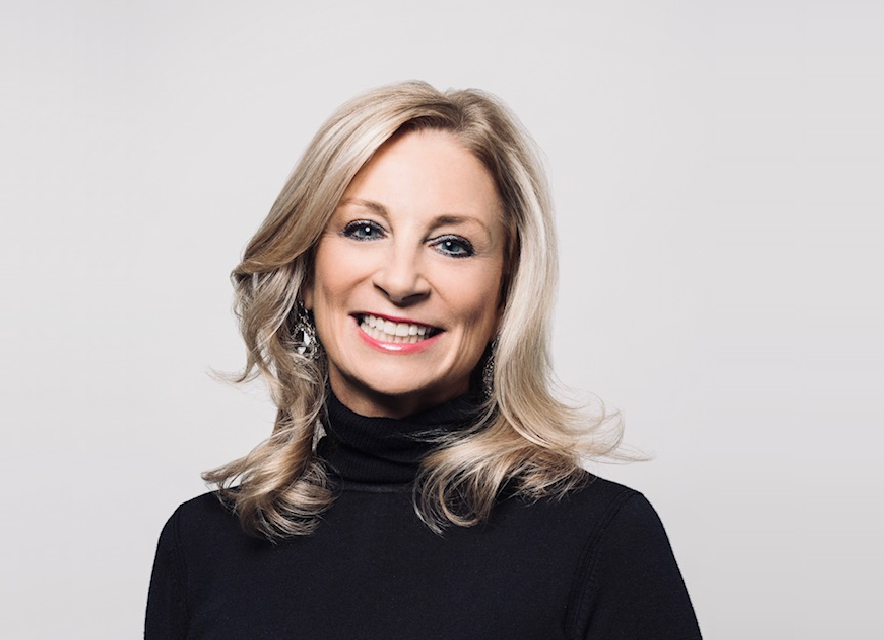
Leave A Comment